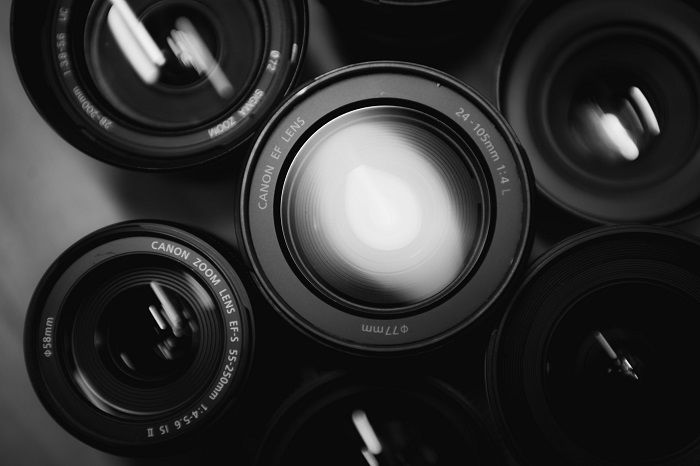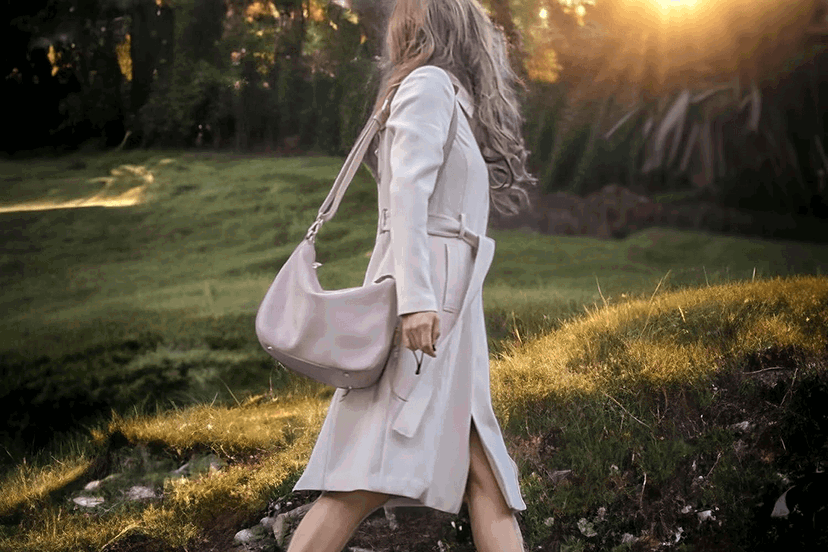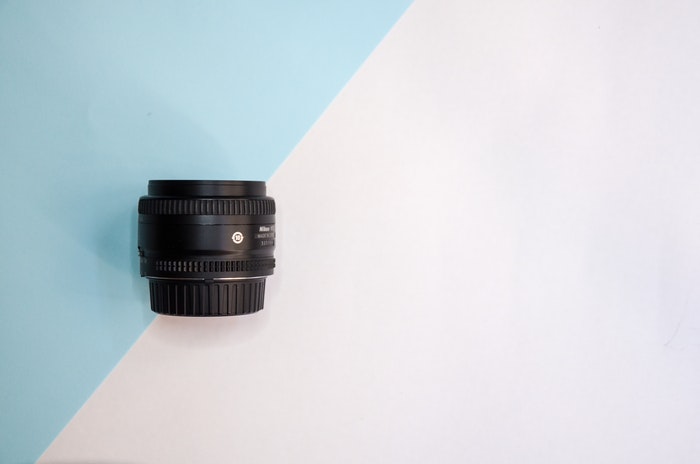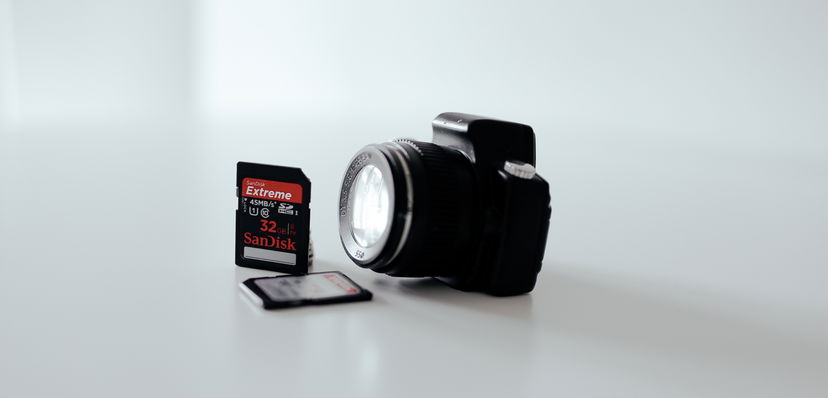How to Take Amazing GoPro Photography (8 GoPro Tips)
If you capture adventure, action, or sports photography, you need a camera that fits the setting. GoPro photography is a fantastic way to record and photograph moving subjects, even if you are that subject!
Our article examines what makes GoPro photos look good. If you’re not used to capturing images with GoPro cameras, these photography tips and tricks will be especially useful.
Our Top 3 Choices for the Best GoPro Photography Kit
What Is GoPro Photography?
GoPro photography is capturing stunning images using GoPro cameras (or equivalents). These action cameras are known for their compact size, durability, and wide-angle capabilities.
GoPros are ideal for adventurous and action-packed scenes. This versatile style of photography offers dynamic perspectives. GoPros are perfect for documenting outdoor activities, sports, travel adventures, and more!
Chances are, if you’re reading GoPro photography tips and articles like ours, you are looking to buy a GoPro. Or, you want to understand how to use one to take awesome photos and action shots.
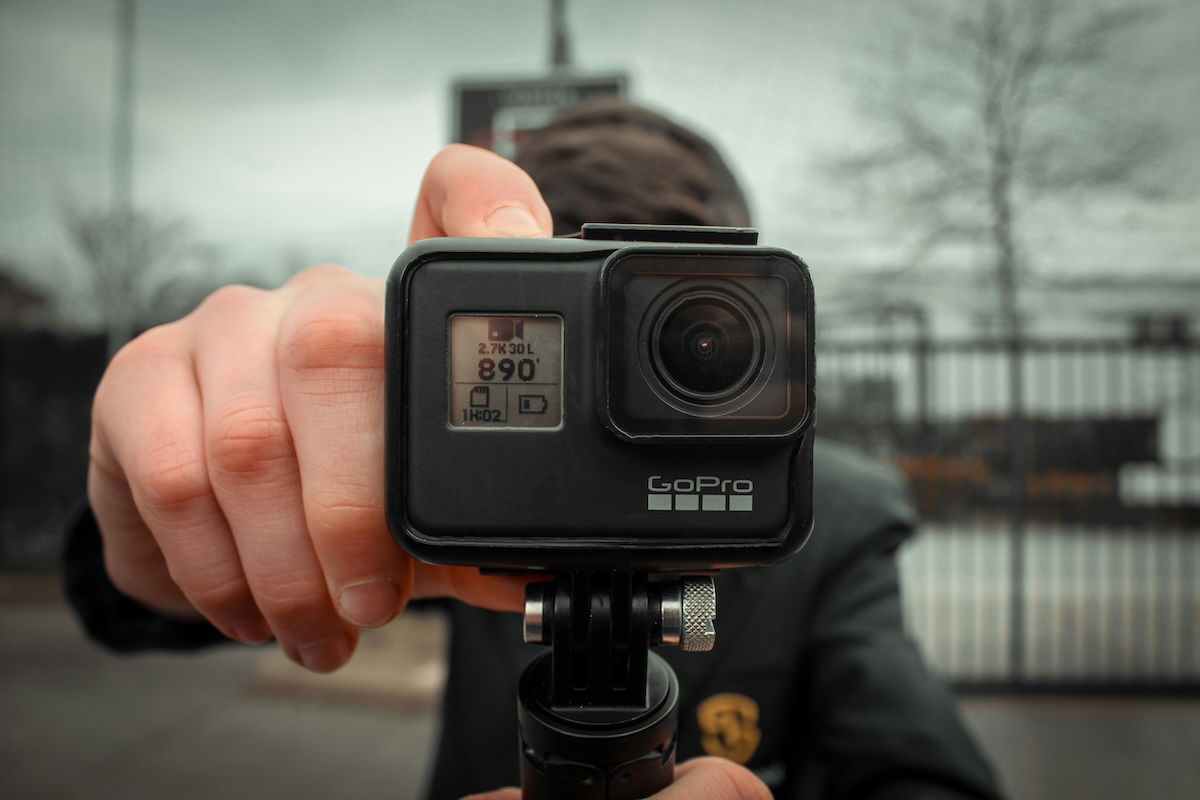
GoPro Hero7. Photo by Miguel Picq (Unsplash)
8 GoPro Photography Tips
With a GoPro or similar action photography camera, it is relatively simple to capture great photos. These cameras are easy to use and can be configured in many different ways, depending on what you want to shoot.
1. Plan Your GoPro Photography
Maybe you’re an adventure, travel, or sports photographer. No matter what kind of photos you take, a little planning goes a long way. Planning GoPro photography involves scouting locations with compelling landscapes or action-packed scenes.
Consider lighting conditions for the best exposure. Look for possible subjects or points of interest. You might not get to know every facet of the location you will photograph in, but you will know something. So, use that knowledge to generate ideas.
Then, you can research how to take the shot before going out to remote areas. Familiarize yourself with GoPro’s camera settings to adjust for varying environments.
Also, ensure your GoPro has appropriate accessories like mounts or filters. They can provide versatile shooting options. Preparation is key to capturing stunning and memorable moments with your GoPro. Let’s delve into some of these details a bit more.
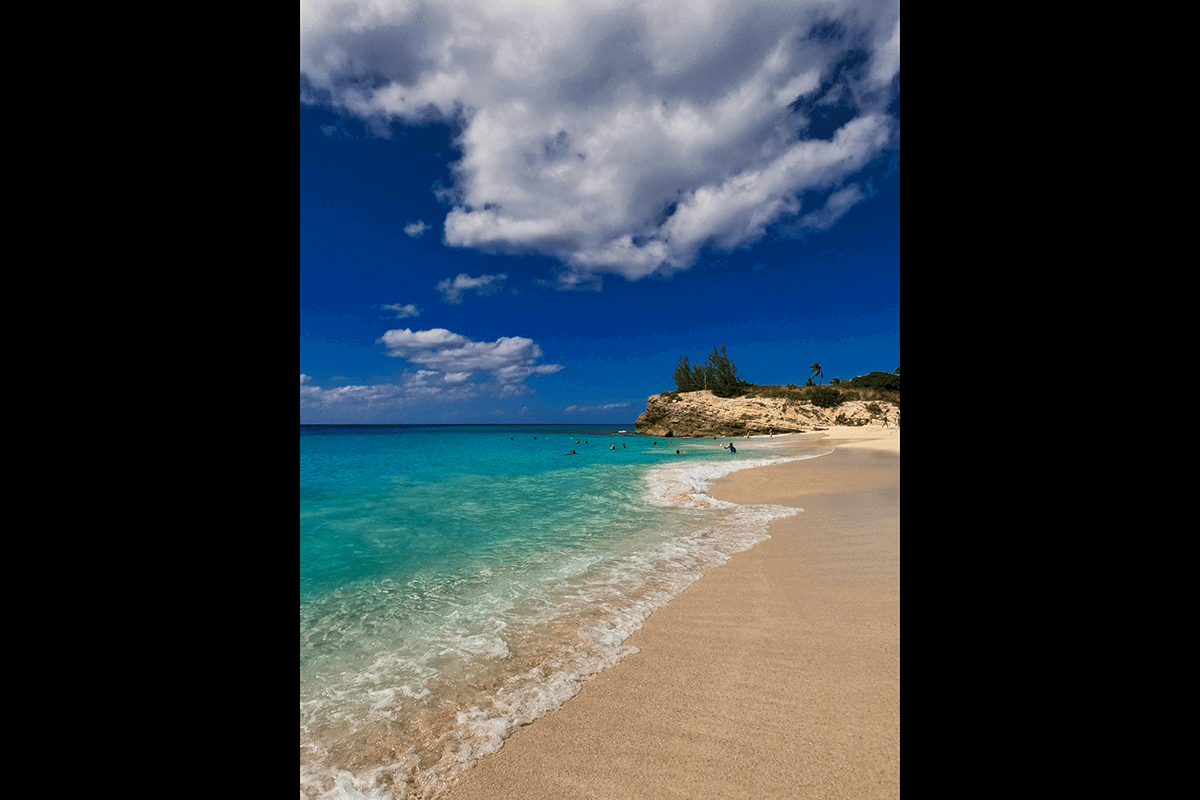
Shot with a GoPro Hero8 Black. 3.0mm, f/2.8, 1/2437 s, ISO 100. Braden Egli (Unsplash)
2. Take Photos Early and Late in the Day
Midday is a terrible time for most photography. The sun is at its highest point in the sky, meaning it sucks out all the colors you could capture at different times of the day. You get white, which might not be the best for your GoPro photography.
Taking pictures at sunrise or sunset gives you the golden hour and blue hour. If you see mountains, you also have a chance to shoot the alpenglow effect. This is the reddish-pink glow just after sunrise or before sunset.
Furthermore, shadows are at their smallest. This means there is less chance of adding them for a powerful effect. Plus, you miss the golden colors at earlier or later times in the day.
If you insist on a midday shoot, use camera filters to aid the situation. A neutral density filter works wonders, and a UV filter removes haze to add contrast and sharpness. It’s usually best to avoid backlight when taking GoPro photos, but this can also produce nice silhouettes.
Our Top Choices for the Best GoPro Photography Filters
3. Practice Framing and Composition
As with any photography, framing and composition are key. But they’re perhaps more important with the GoPro camera’s small size and wide-angle field of view.
When framing with a wide-angle GoPro camera, use leading lines to draw viewers’ eyes into the image. This enhances depth and perspective.
Experiment with different angles and perspectives to create dynamic compositions. Consider foreground elements to add interest and context. Be mindful of distortion near the edges of the frame, and strive for balanced compositions to maintain harmony in your shots.
Also, use the rule of thirds or other guidelines to place key subjects and elements within the frame. This ensures visually pleasing compositions that tell a compelling story.
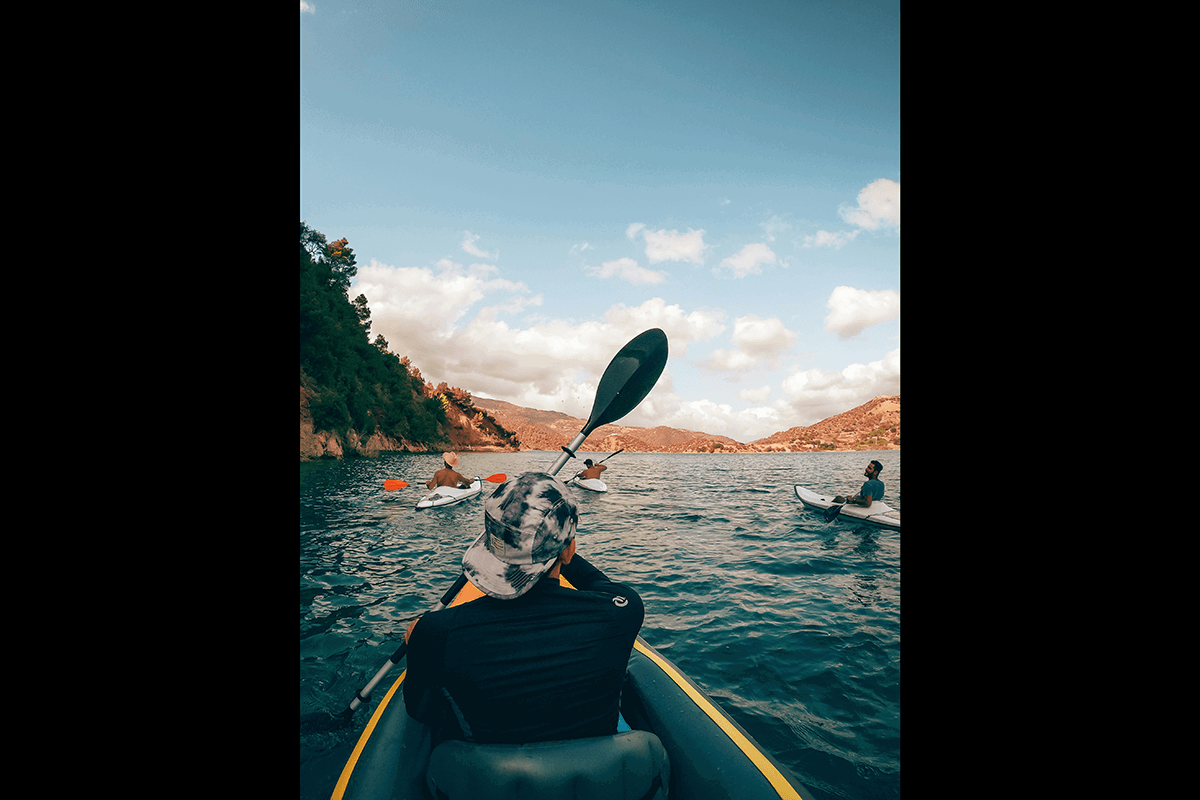
Shot with a GoPro Hero7 Black. Mounir Abdi (Unsplash)
Some earlier GoPro models can be difficult to use because they don’t have an LCD screen. You must wing it or use your smartphone with Wi-Fi connectivity to see what you’re shooting.
But practice and experimentation are key to mastering wide-angle GoPro photography. The more you shoot photos with a GoPro, the easier it is. The more practice you get, the more amazing your images will be.
My first GoPro cam was a little strange to use from the get-go. The wide-angle lens was something I wasn’t used to. After a little use, I could set up the GoPros in many locations with a good feel for the scene. I got used to it so well that I could tell where and at which angle to point it.
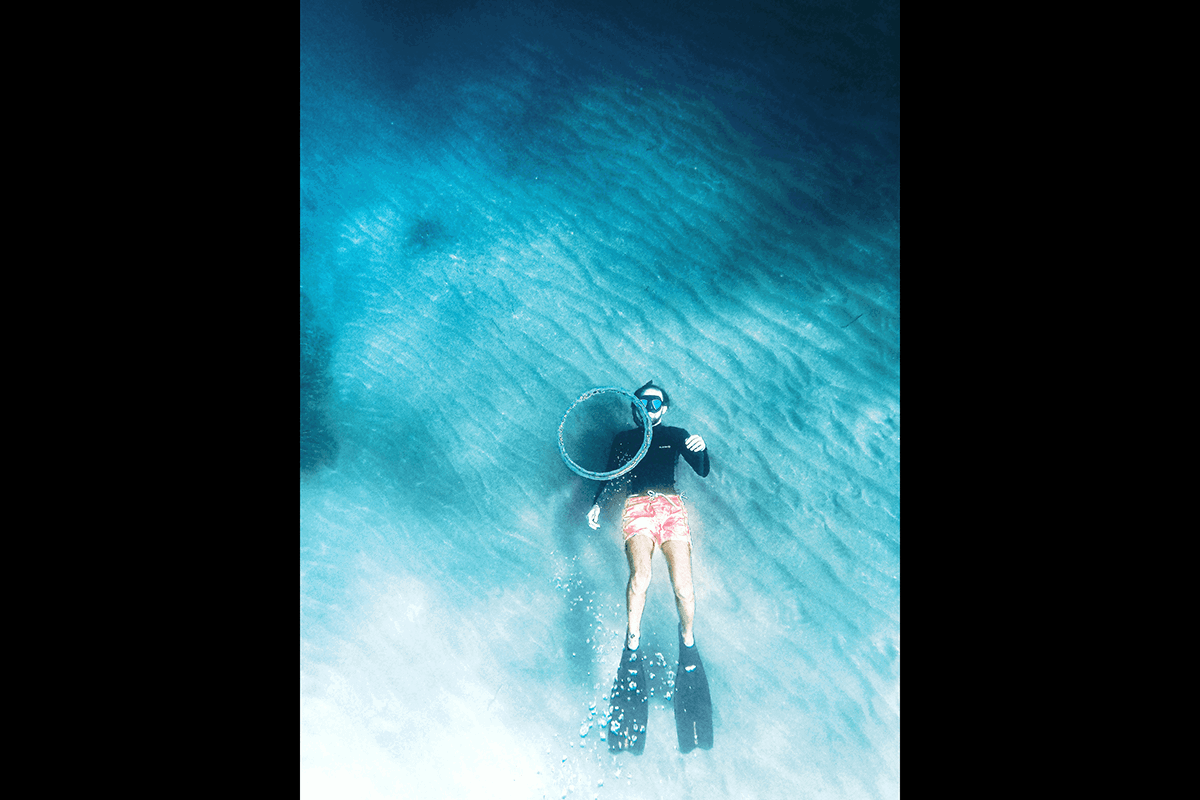
Shot with a GoPro Hero7 Black. Mounir Abdi (Unsplash)
4. Use Burst Mode for the Best Action Shots
Burst shooting is a way of capturing a scene with continuous shooting exposure. This is best used for moving subjects.
The subject can be someone else or you in front of the camera. It can be you holding the GoPro, with the scenery moving like the background of a Scooby-Doo cartoon. It can also be a GoPro mounted on your chest, helmet, or sporting equipment.
The GoPro excels at continuous shooting. With the GoPro HERO 12, you get 3, 5, 10, 30, and 60 fps (frames per second) with burst options of 1, 3, 6, and 10 seconds. Imagine capturing 30 images in 3 seconds!
GoPro’s burst mode gives you enough images to make a cool GIF in Photoshop or an app. It also provides up to 60 choices to choose the best shot!
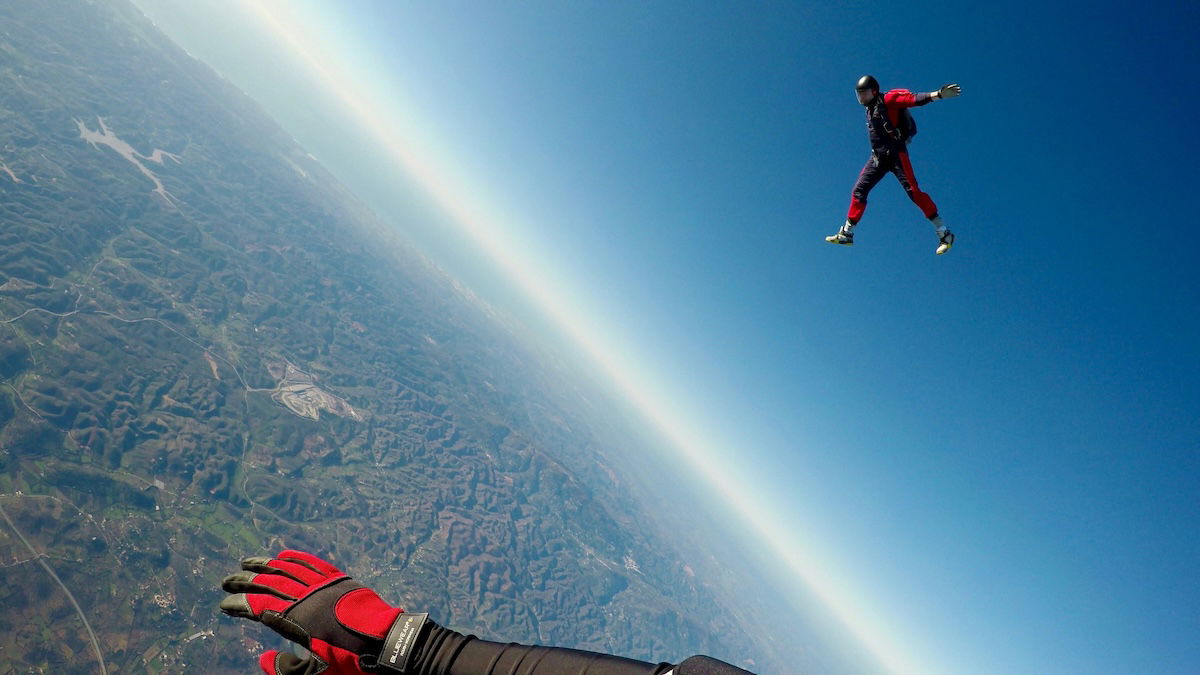
Shot with a GoPro Hero5. Kamil Pietrzak (Unsplash)
5. Learn GoPro Camera Modes and Settings for Best Photos
GoPro offers versatile time-lapse modes. TimeWarp is for standard dynamic time lapses. It has adjustable speeds for time-lapse footage. You can achieve high-quality results with resolutions up to 5.3K and image stabilization.
Night Lapse modes offer similar features and are optimized for low-light conditions. It has adjustable intervals and shutter speeds for capturing stunning nightscapes. GoPros can also capture smooth motion and creative effects like star trails, light painting, and vehicle trails.
These modes expand your creative possibilities. You can capture long-exposure light trails or mesmerizing starry skies. They empower you to tell captivating visual stories.
Finally, GoPro’s ProTune settings manually control exposure, white balance, and color profile. These settings ensure optimal image quality.
The best ProTune settings for GoPro photography depend on specific conditions and preferences. But here are some general recommendations:
- Color Profile: Choose GoPro Color for vibrant colors or Flat for a neutral profile ideal for post-processing.
- White Balance: Use Auto for most situations or manually adjust based on lighting conditions. (E.g., Daylight for outdoor daylight or Auto for mixed lighting.)
- ISO Limit: To reduce noise in your images, set the ISO limit to the lowest value possible, typically around 100-400.
- Sharpness: Adjust sharpness to your preference. Medium is a good starting point for most situations.
- Exposure Compensation: Fine-tune exposure with +/-0.5 or +/-1.0 stops, depending on the scene’s brightness.
- Shutter Speed: Consider adjusting the shutter speed manually for creative motion blur or freezing fast action.
Experiment with these settings in different shooting scenarios. Finding the combination that best suits your style and desired outcome is best.
6. Think Outside the Box
Your GoPro photography style is important. This is something that sets you apart from all the other photographers taking similar GoPro photos in common areas.
Many people use GoPro cameras while they ski. But how will you show your images are different and thus better? They need to stand out.
One of our top GoPro photography tips is that originality is important. This is especially true because more and more people are capturing GoPro images. There are very few new frontiers to take pictures of.
You need to show the same places in a different light. One way to do so is to change your camera’s perspective. Get down low or high up. Try something new and experiment with your photography.
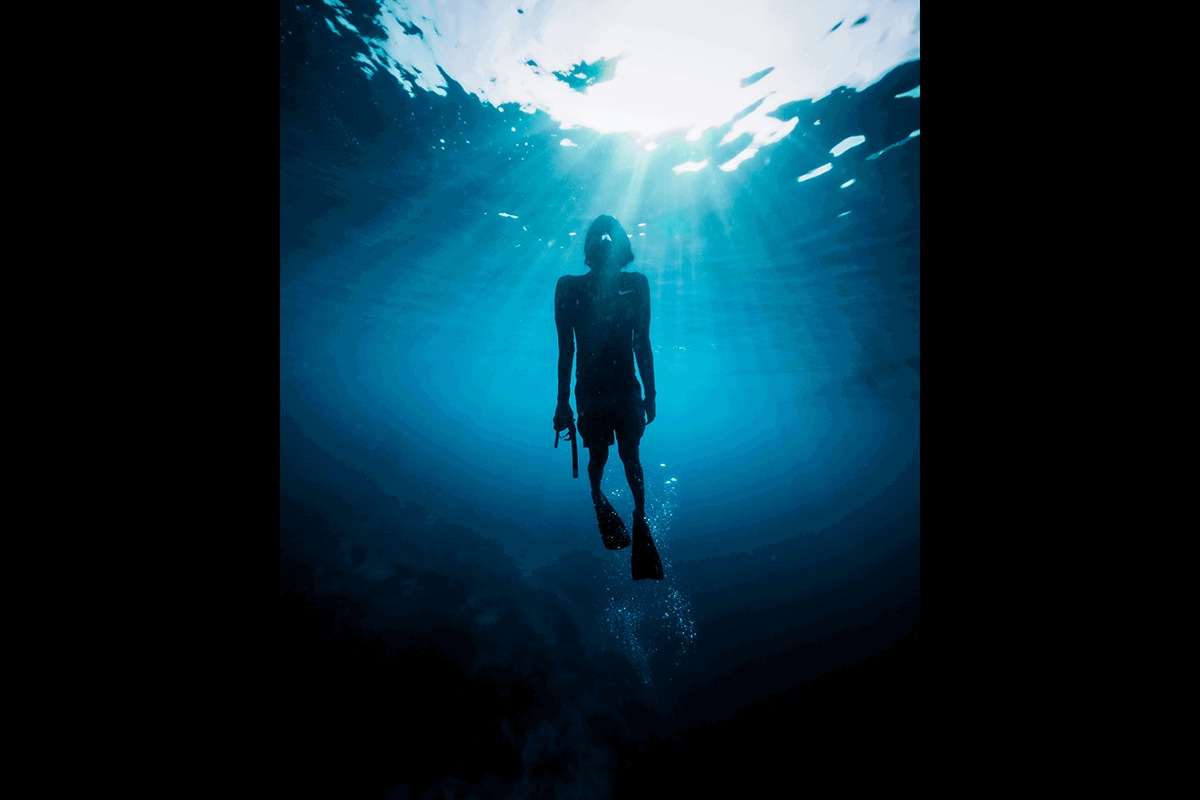
Shot with a GoPro Hero9 Black. 3.0mm, f/2.5, 1/950 s, ISO 175. Zen Maldives (Unsplash)
8. Invest in GoPro Accessories and Extra Batteries
The best thing about GoPro photography is that there are many accessories to help you take the best pictures. For example, you can use the GoPro remote so you don’t have to search for the capture button while skydiving over the Grand Canyon.
There are GoPro clamp mounts that act like a tripod, making it easy to attach and remove in an instant. A versatile tripod like Joby’s Action Video GorillaPod holds it still without being over the top or excessive in weight.
I like the GoPro Floaty case. It’s orange, and it sticks out like a sore thumb. But it also floats, meaning your GoPro is easier to pluck from the water.
And finally, this should go without saying. GoPros are action cameras. This means most of its users are using them in the field. Less access to electricity makes charging your GoPro batteries difficult unless you have a solar charger or power bank.
A GoPro can run for two hours continuously, which is enough for a short stint in the water or on the slopes. Buying and carrying extra GoPro batteries means you can charge them when the others are in use and vice versa.
Check out our article on GoPro accessories for products that will help elevate your photography and videos!
Our Top Choices for the Best GoPro Photography Accessories
GoPro Photography FAQs
These are the frequently asked questions we get about GoPro photography. We hope our answers help you better take high-quality photos with your GoPro.
What Is a GoPro?
When it was first released in 2006, a GoPro was an institutional digital camera system. The GoPro HERO could capture video in 10-second segments—no audio, just visual.
Almost twenty years later, we have the GoPro HERO 12. It offers 5.3K video at 60 fps (16:9) from a 27.6MP sensor with HyperSmooth video stabilization. You can record and shoot GoPro photos in many ways, including underwater shots.
It measures (width x height x depth) a mere 2.8 x 2.0 x 1.3 inches ( 7.2 x 5.1 x 3.4 cm). It weighs 5.4 oz (154 grams) with a battery. And there are many features, such as voice-activated control for capturing images.
What makes this camera special is its angle of view. The wide-angle Hero 12 camera has a 156-degree field of view (8:7 aspect ratio). It gives your photos a unique look.
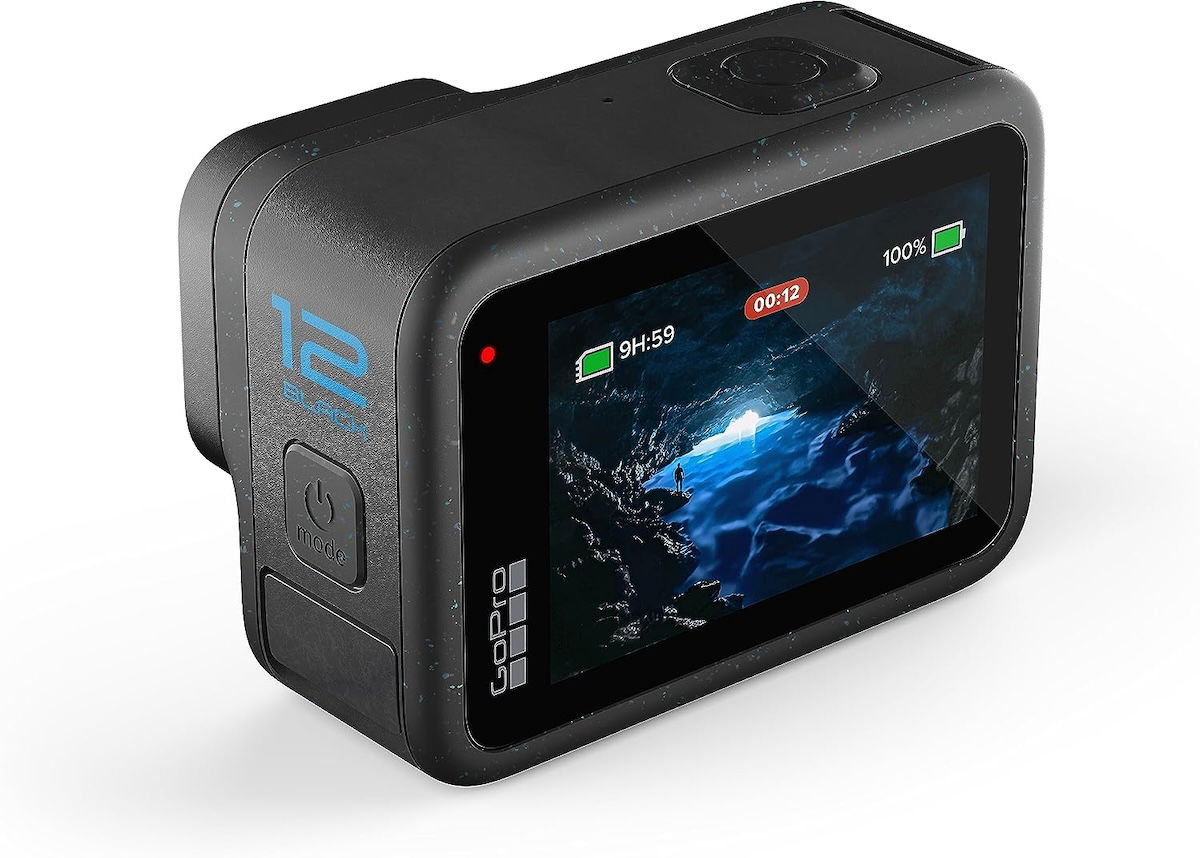
GoPro HERO 12 Black from behind
What Makes a GoPro a Great Action Camera?
There are many reasons why a GoPro makes a great action camera. First, its size. It’s a tiny machine with many features. It’s specifically for adventure, high-speed action, or sports photography.
The best parts are the LCD screen for framing and the waterproof body. There are also Wi-Fi and Bluetooth connections available.
You can use your phone to frame and capture your GoPro photos. This is handy when the GoPro is mounted to your chest, helmet, bag, bike, snowmobile, or kite.
It is a versatile machine. It is small enough to place anywhere, especially since GoPro and third-party mounts are readily available. There are many modes for capturing awesome GoPro photography.
GoPros feature burst rates that capture 30 shots in one go. This can be configured at different intervals. Two images every second is possible. Others find something faster, like 60 images in 10 seconds, better. With this, you can capture snowboard jumps and, hopefully, landings.
Is a GoPro Good for Photography?
Can you take good photography with a GoPro? Yes and no. It all depends on what you want to capture with it. I have a GoPro, which I use for band and live music photography and video. It suits my needs due to the wide-angle lens, Wi-Fi connectivity, and small size.
It comes with a waterproof case, making it possible to film and capture photos underwater. The other great thing about these small action cameras is the burst mode and automatic shooting.
These features make a GoPro perfect for timelapse photography. It is a vlogger’s dream camera, great for sports and action photography, and can be attached to almost anything.
But there are compromises. The wide angle is too wide for some situations and users. I wouldn’t say I like using it for simple family shots or street photography.
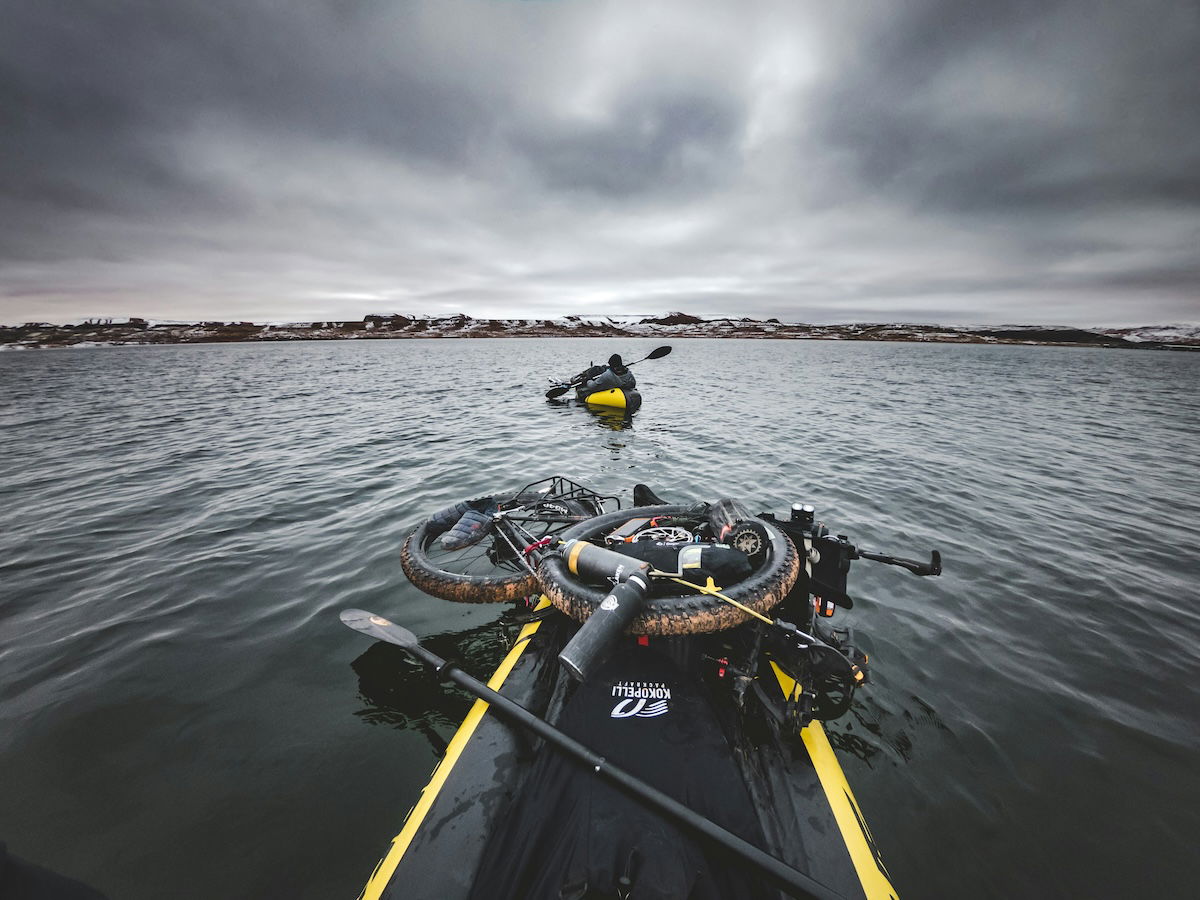
Shot with a GoPro Hero7 Black. 3.0mm, f/2.8, 1/1,000 s, ISO 100. Patrick Hendry (Unsplash)
You must use your phone or guesstimate if you have an older model without the LCD screen. Older models can have a letdown in photo quality. Plus, shooting in low light is moderate. If you’re not careful, it can blow out highlights.
For some people, a mirrorless or DSLR camera is not practical. You can’t connect these to your head, chest, or BMX rail. A GoPro can be jammed on the end of a ski pole without adding much extra weight.
A GoPro camera can go where other cameras can’t. So, it becomes a question of whether you want the shot. The quality of newer GoPro HEROs is fantastic, which is expected from a 27.6MP camera.
Burst mode is great for capturing a succession of shots. It can capture an impressive 30 images in three seconds.
Which Is Better, a GoPro or a Mirrorless Camera?
In many ways, a mirrorless camera is better than a GoPro, but they aren’t exactly comparable. Mirrorless cameras need a huge amount of research and development. And due to the number of companies around, there is healthy competition.
Unsurprisingly, a mirrorless camera can capture images well above 30MP resolution. In contrast, older GoPros have a maximum resolution of 12MP, while the newest GoPro Hero12 is up to 27MP. Overall, mirrorless cameras offer more tonal range and detail.
Both types of cameras can capture video. Mirrorless cameras can reach the 240 fps a GoPro can in Slow-Motion mode. And they both capture 4K video with various settings, speeds, and resolutions.
The biggest advantage of mirrorless cameras over GoPros is the ability to change lenses. You can cover all focal lengths and fields of view with enough disposable income.
You can choose between SuperView, Wide, Linear, and Narrow sizes with different GoPro models. You also get a better burst rate. 3, 5, 10, 30, and 60 fps are possible with burst options of 1, 3, 6, and 10 seconds.
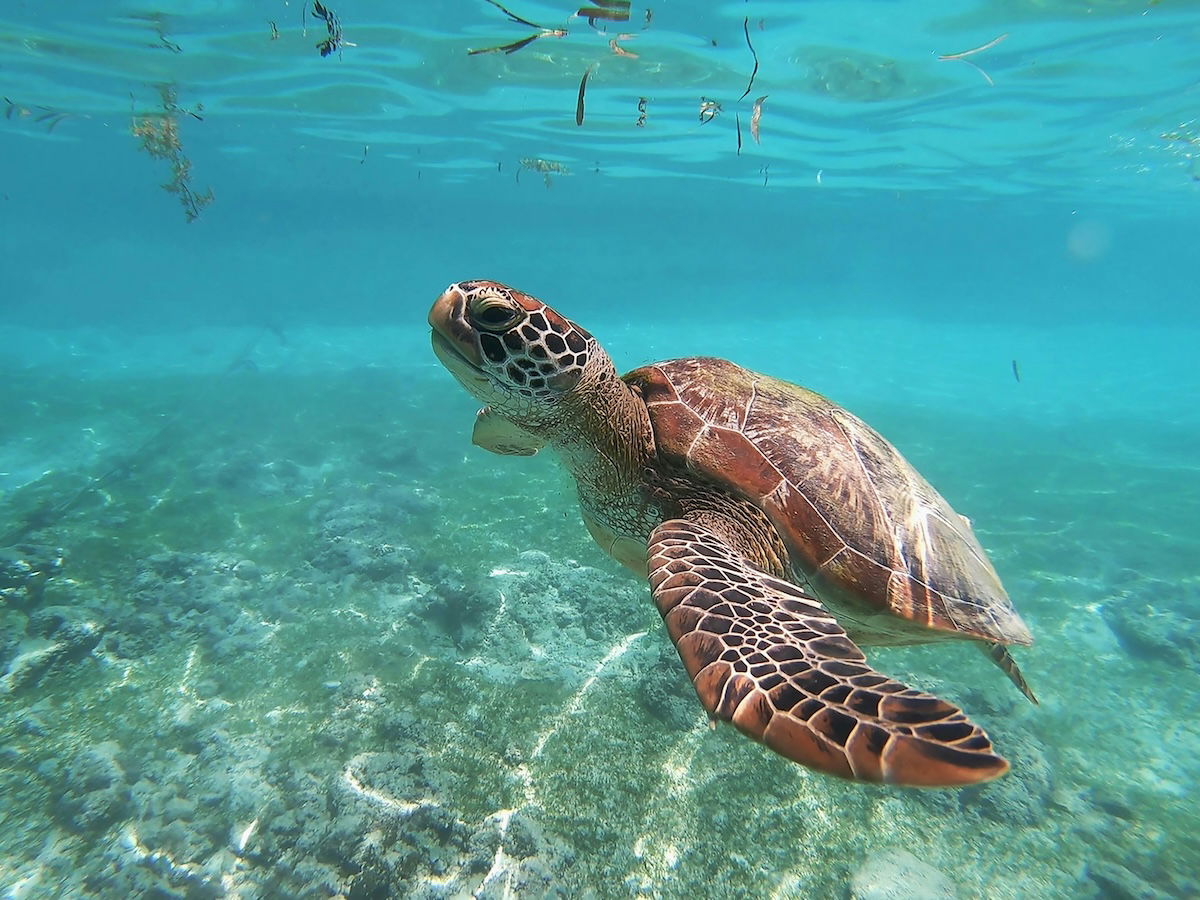
Shot with a GoPro Hero6. Olga Ga (Unsplash)
The GoPro is waterproof without a case up to 33 ft (10 m). Some mirrorless cameras are weather-sealed, meaning anything more than a slight drizzle will have you running for home. To use them underwater, you need underwater camera housing.
Mirrorless cameras are lighter than DSLRs. But most are still not as portable or compact as GoPro cameras.
GoPros can work from your phone, much like a drone can. Newer mirrorless cameras have improved remote functionality with your phone. But the connection can still be problematic.
If you’re looking to capture RAW images for editing purposes, they both use this file format. But GoPro doesn’t use it for every one of their burst modes.
So, it’s down to the subject matter and the user. Go for a mirrorless for a well-performed portrait picture with stunning bokeh and a rich tonal range. If you want to capture a selfie while hurling down the slopes, go for the GoPro!
How Do You Take a Good Selfie With a GoPro?
You can hold a GoPro for a good selfie with a GoPro in two ways. First, you can handhold the camera and shoot at arm’s length due to its wide angle. For even wider shots, you can use a selfie stick.
Having someone double-check the scene is a huge benefit. This can be done on your mobile or the LCD screen on the back. For smartphone connectivity, you can set up a Wi-Fi connection.
After the camera is set and framed for the environment, set up your subjects. Tell people to gather around you, with you in the center. That way, you have more control over where people are.
Use the Multi-shot/Photo time-lapse mode on the camera. This setting gives you an image every 0.5 seconds, giving you plenty to choose from. At least one person always blinks their eyes in a group shot!
Using the time-lapse function, you can slightly change the setting with each shot by moving the camera as it shoots. Ensure you are facing the sun so you are all equally well-lit.
Conclusion: GoPro Photography
GoPro photography offers a versatile way to capture stunning images. It is particularly suited for adventure, action, and sports scenes. You can fine-tune your skills by mastering key techniques like using optimal light and practicing framing.
Also, understand and use advanced features like time-lapse modes, ProTune settings, and burst mode to take the best shots. With the right accessories and preparation, you can maximize the potential of your GoPro camera. You’ll create unforgettable images that stand out in the world of photography!
